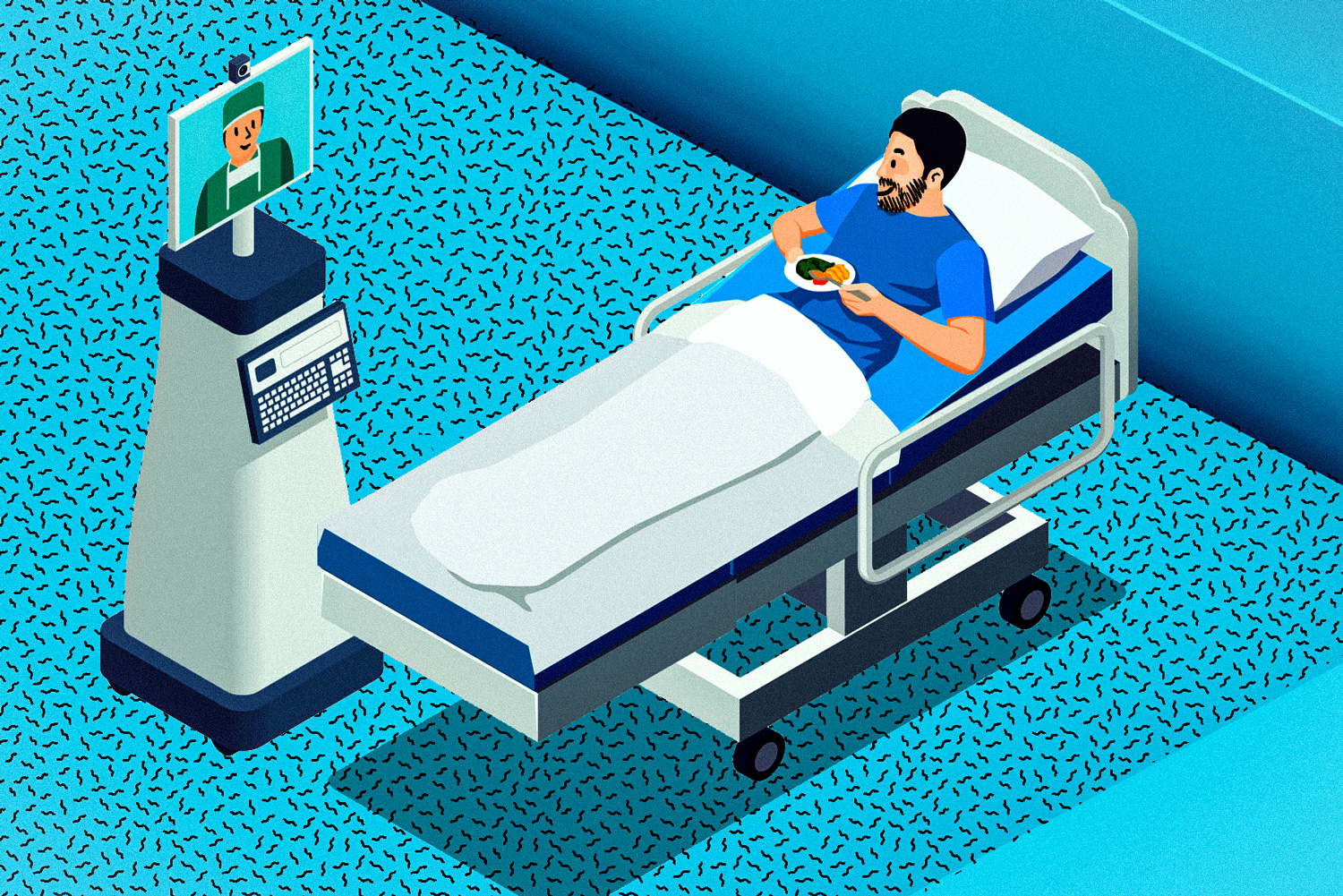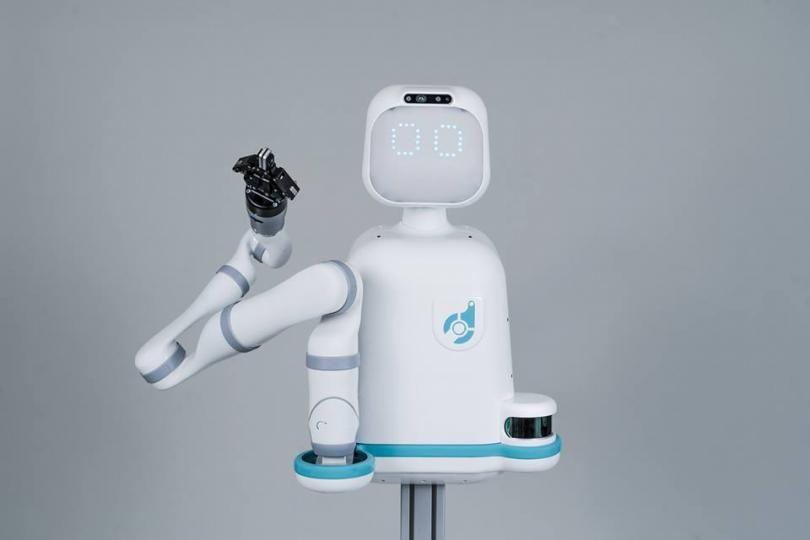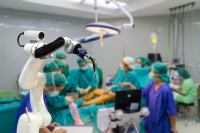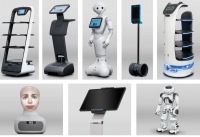HealthCare Robots: Challenges of Adoption & Deployment
Robots have a huge potential for helping older people. But fully autonomous robots capable of taking over a nurse or caregiver are some distance away. The developers face three distinct types of problems in the adoption of robots and their deployment.
Technological Challenges:

Advancements in artificial intelligence sensors, actuators, embedded computing, and techniques for controlling have dramatically improved robots’ capabilities.
Robots are now capable of learning new techniques through transfer learning and inverse-reinforcement learning to suit user needs.
However, robots are still unable to lack the ability to recognize the subtleties in human behavior. They also require substantial research to bridge the gap.
There are still limits on the energy required by robots to complete all core tasks of an aging person. Additionally, developers have to consider issues regarding security, reliability, as well as long-term training.
Users should address them before designing fully autonomous robots for healthcare that can take over human caregivers.
Commercial Challenges:
The commercialization of robotics is another issue. Financial obstacles to the adoption of robots in elderly care could be substantial. For instance, a Paro robot can cost anywhere from $6000. A Pepper robot could be priced at about $23000.
Developers may also encounter additional charges to maintain and train the system.
These high costs could render robots impractical for many, or decrease their cost-effectiveness when compared to their value.
In addition, it is essential to conduct mass trials using customers to confirm the robot’s safety and functionality before the commercialization and adoption of these robots for healthcare are possible.
Ethical Concerns:
The most significant issues that arise from the use of robotics for elderly care are ethical concerns about deceit as well as social substitutes and respect for privacy. Robots that display emotions that indicate an interest in the elderly may deceive them.
It may lead older people to believe that the robot is truly concerned about them. In the same way, robots that are capable of offering emotional support could have a negative effect. Instead of helping to facilitate human interaction, they may be able to substitute for it.
Additionally, robots that are equipped with sensors, such as microphones and cameras can result in a violation of privacy. It is because people who are older individuals may not realize the fact that the machine is gathering their personal information during the event.
Finally, the elderly might think that they are depending on an object that is mechanical to look after them. It could also affect their dignity.
End of the story and outlook for the future:

Despite these difficulties, the benefits that robotics in healthcare can bring to the overall system and the taking care of the elderly is undisputed. The COVID-19 epidemic has brought to light the many ways that robots help the elderly lead a more independent lifestyle.
They can also be able to live a more comfortable life by providing physical and non-physical assistance.
The advantages of robotic intervention can also ease the anxiety and stress on health professionals and care providers.
To overcome obstacles in the adoption of robots, policies must speed up robot commercialization and make it easier for mass-scale long-term testing. This will help users produce the required data to test the usability of robots.
In addition, users of the robots who are end-users as well as other stakeholders must involve in the development of the robotic.

This can result in an important dialogue when privacy exceeds concerns about security, safety, and security, and vice versa.
A collaboration process with the user will assist in overcoming issues with robotic deception as well as social isolation. It is because the final user is the one who develops the precise description of the robot’s behavior.




